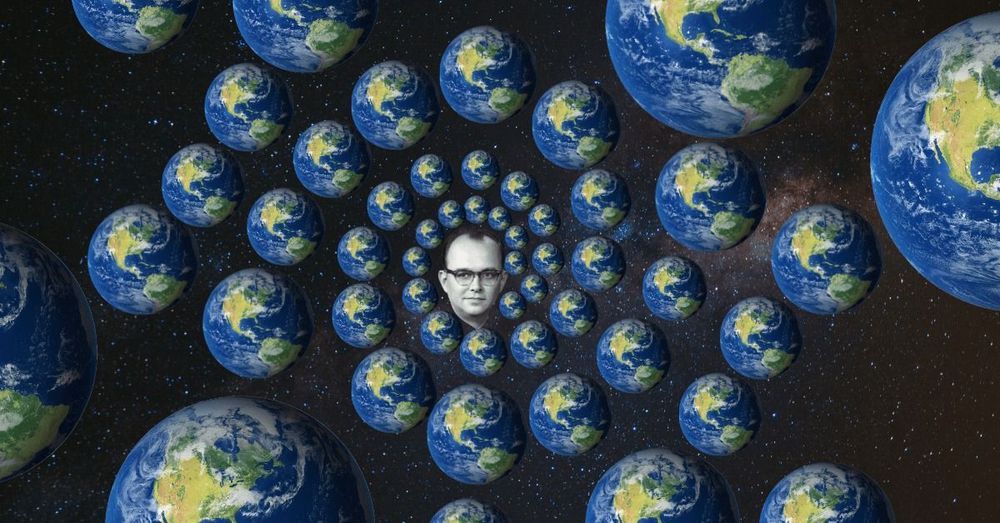Nov 8, 2019
Engineers aren’t trained to be ethical—and that needs to change
Posted by Genevieve Klien in categories: business, energy
This summer, the FaceApp debate exploded on social media, as people questioned the motives of the Russian engineers behind the technology that scanned millions of people’s faces, with no indication of what happened to the data given to the app.
Privacy is presumably top of mind for the general public, but people’s urge to literally see the face of their own future selves seemed to outweigh that threat.
FaceApp may serve no benefit beyond entertainment. But today, every company effectively becomes a tech company by leveraging advanced data analytics to fuel their business.

















